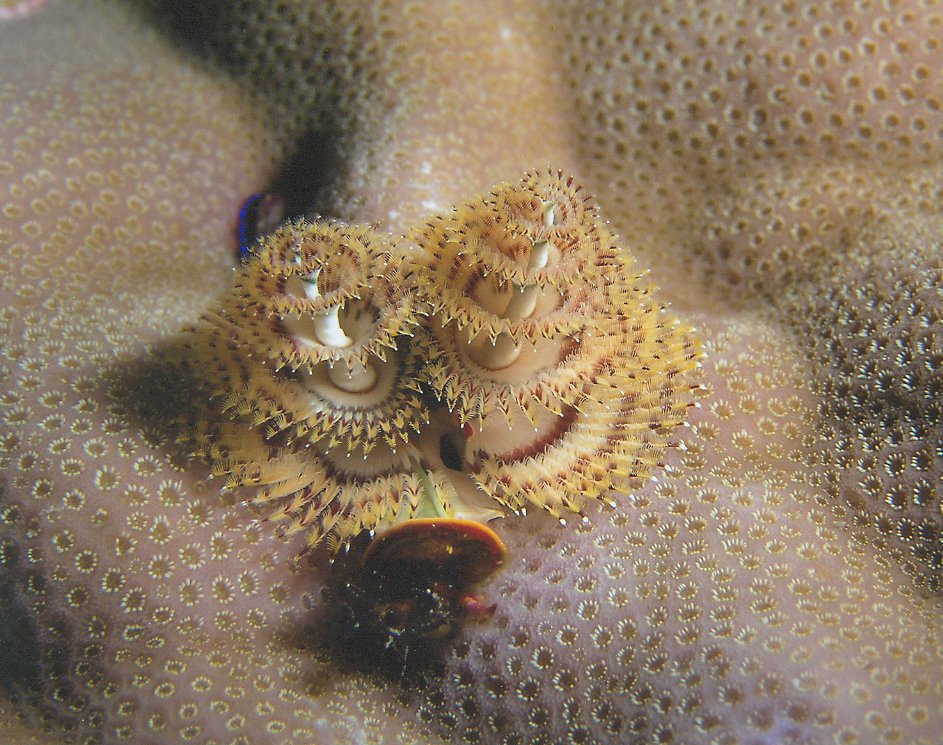Seaworm populations are more connected than we thought
For a long time, we have assumed that populations of estuarine-dwelling seaworms along the east coast of Australia would be isolated from each other. After all, adult worms are attached to the seafloor. We tested this using molecular techniques, and to our surprise, we found that the worm populations along the coast appear to be well-connected. As adults stay in the one place, it must be the larvae which move up and down the coast, transported by currents. This has important ramifications when designing marine parks as areas are likely to be more connected that we ever imagined, and hopefully means that worms have the ability to recolonise sites if populations are lost for any reason.
Along the east coast of Australia, we have numerous estuaries and coastal lagoons. Some of these are periodically closed to the sea or have limited tidal flushing. Seaworms are an important component of the muddy sediments in such habitats and play a major role in breaking down organic matter and providing food for many other animals. The worms living in such habitats are completely absent from the intervening rocky shores.
So how much connectivity is there between worm populations in these isolated habitats? If worm populations get wiped out in a coastal lagoon during flood conditions or during droughts can they be restored through recruitment from elsewhere?
To answer these questions, we selected two species of seaworms from the family Nephtyidae: Nepthys longipes and Aglaophamus australiensis, which live in muddy sediments often associated with seagrass beds. These two species are common along the NSW coast within shallow protected estuarine/lagoonal habitats.
We sampled at 18 sites along the NSW coast from Wallis Lake in the north to Shadracks Creek, Twofold Bay in southern NSW (see map). We worked at low tide, sieving the sand until we had about 25 worms at each site. We quickly preserved these worms in alcohol, for our genetic analysis.
Surprisingly, we found that there is lots of molecular diversity within populations, and many distant populations are genetically similar to each other. Dispersal appears to occur both up and down the coast. As the adults are sedentary, it’s the larvae, which probably spend 2-4 weeks in the plankton, that are dispersed along the NSW coast by the East Australian Current (EAC) together with inshore and coastal counter currents. Tides are then responsible for carrying these larvae into estuaries and coastal lagoons, allowing them to settle and establish populations and breed with resident worms.

© Australian Museum
While these seaworms spawn annually, helping to maintain local populations, populations can also be supplemented by new recruits from elsewhere. This is important as estuaries and coastal lagoons are becoming increasingly impacted by foreshore and catchment developments, and often have limited tidal flushing, and poor water and sediment quality, especially during droughts. This may lead to entire populations of worms being wiped out as salinities rise. However, our research shows that once tidal flushing is restored, worm populations can probably be restored by recruits from distant populations being carried into estuaries and coastal lagoons by eddies from the EAC flowing down the coast.
This is the first Australian study and one of only a few studies anywhere in the world that have investigated how connected isolated populations of seaworms might be. The surprising level of genetic similarity that we found between estuaries means that if worm populations are wiped out, they might be able to re-establish themselves by recruitment from the open ocean. This is great news for the health of our estuaries, particularly as healthy worm populations are important food for recreationally and commercially harvested fish stocks. It also indicates that seaworms may be more resilient than we previously thought.
Dr Pat Hutchings
Senior Principal Research Scientist, Australian Museum Research Institute
Dr Ceridwen Fraser
Fenner School of Environment and Society, Australian National University
More information:
Smith, L., Fraser, C.I. and Hutchings P. (2015). Molecular evidence supports coastal dispersal among estuaries for two benthic worms (Nepthyidae) species in southeastern Australia. Marine Biology. 162, 1319-1327.

